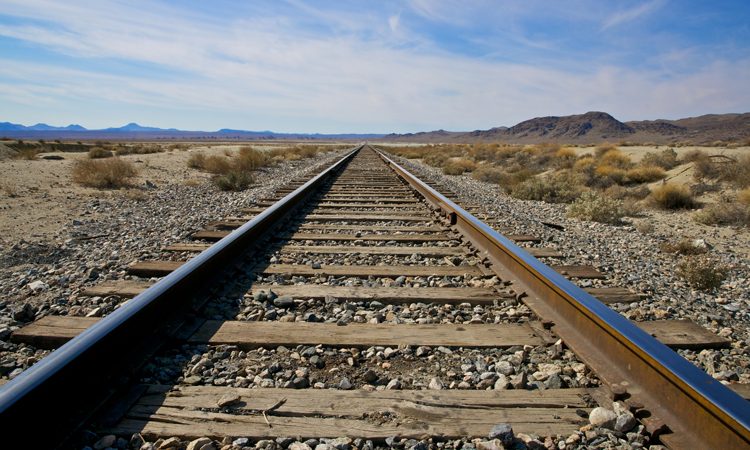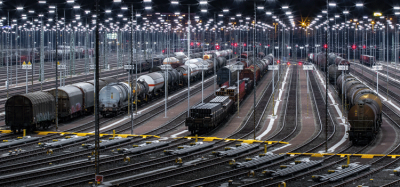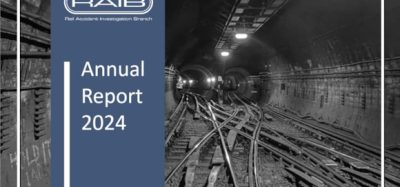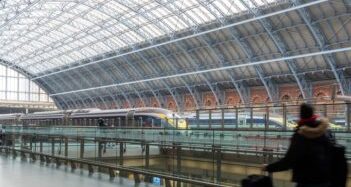Caltrans releases the 2018 California State Rail Plan
Posted: 14 September 2018 | Global Railway Review | No comments yet
Caltrans has worked with state, regional and local partners to develop a vision that supports increased efficiencies and connectivity across the state.


Caltrans has released the 2018 State Rail Plan – a bold vision for state rail that aims to boost the economy, help reduce greenhouse gas emissions and improve safety statewide over the next 20 years.
Director of Caltrans, Laurie Berman, said: “Rail is a key part of the solution for addressing California’s transportation challenges. In this Rail Plan, we lay out the goals and investment strategies necessary in both the short and long-term for improving access, mobility and efficiency for our passenger and rail freight systems, whilst making a major contribution to reducing greenhouse gas emissions related to the transportation sector.”
With a vision to increase passenger rail travel by 92 million passenger miles per day, the 2018 Rail Plan presents a plan for an integrated system that will allow passengers to easily and efficiently transfer from local transit services to regional, intercity and future high-speed rail. The outcomes described in the Rail Plan will help California achieve its ambitious GHG emission reduction targets, boost the state economy and potentially eliminate 250 fatalities and 19,000 transportation related injuries per year by 2040.
The passenger vision will create a coordinated, statewide travel system to enhance multimodal access for residents across the state. The vision will allow people to travel seamlessly across urban, suburban and rural areas of the state, save time with significantly faster trips, enjoy the journey on modern, safe, clean and comfortable trains, transfer quickly and easily at hub stations, and plan an entire door-to-door trip with a single ticket.
The freight vision provides a customer-focused system that will eliminate rail freight bottlenecks on transcontinental trade corridors by investing in dedicated rail freight capacity and passenger improvements that support rail freight movement. The freight component also supports short line improvements, level crossing improvements and the integration of as much service as possible.
Stay Connected with Global Railway Review — Subscribe for Free!
Get exclusive access to the latest rail industry insights from Global Railway Review — all tailored to your interests.
✅ Expert-Led Webinars – Gain insights from global industry leaders
✅ Weekly News & Reports – Rail project updates, thought leadership, and exclusive interviews
✅ Partner Innovations – Discover cutting-edge rail technologies
✅ Print/Digital Magazine – Enjoy two in-depth issues per year, packed with expert content
Choose the updates that matter most to you. Sign up now to stay informed, inspired, and connected — all for free!
Thank you for being part of our community. Let’s keep shaping the future of rail together!
Related topics
Cargo, Freight & Heavy-Haul, High-Speed Rail, Passenger Experience/Satisfaction, Regulation & Legislation








